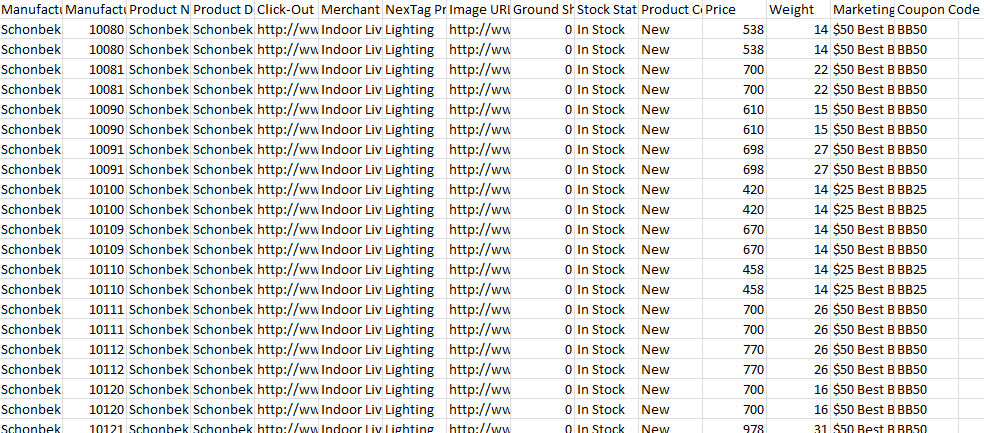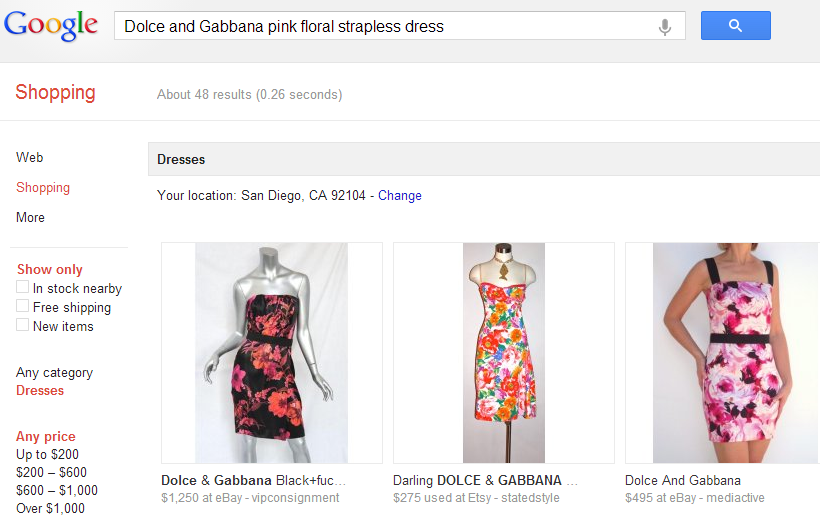What Is a Product Feed? Online Merchant Resource


A product feed, otherwise known as a data feed, is an excel, .txt, or .xml file that contains all of your products’ information.
It is sent to shopping channels like Google Shopping to communicate all the information your product listings will contain.

You can find more, very general information on product feeds here.
Also check out Google’s product/data feed overview here.

You need a data feed to put your products on the shopping channels like Google Shopping and Amazon. Submitting a product feed to a CSE is a required early step when starting a campaign. Product feeds are essentially the technical product communication between your business and a given CSE, and so it needs to be comprehensive and accurate.
Perhaps more importantly, product feeds tell the CSEs what searches your products are relevant for, and so if a shopper is searching for a product similar to yours, it pays to include a lot of product details so that your products show up for long-tail searches.
Here’s an example of a long-tail search and the listings that provided that information:

Once you’ve generated your product information, you’ll need to make sure you are communicating that information to the shopping channels.
 Imagine you are explaining something to Google, but Google is deaf. For Google to understand you’ll need to sign what you want to say rather than say it. If you don’t know how to sign, you’ll need to learn the basics so you can talk to Google.
Imagine you are explaining something to Google, but Google is deaf. For Google to understand you’ll need to sign what you want to say rather than say it. If you don’t know how to sign, you’ll need to learn the basics so you can talk to Google.
– Biff
Check out all the major CSEs’ data feed specifications and examples here.
For a Google Shopping specifically, check out their product feed specifications here.
To ensure that the information presented on your product pages is accurate and up-to-date with your real inventory, updates/adjustments to your product feed will be periodically required. Google and Amazon are particularly good at flagging retailers with inaccurate product feeds, resulting in lower rankings or even a stall in the campaign.
Here’s an example of an empty Google product feed with required and recommended fields:
![]()
